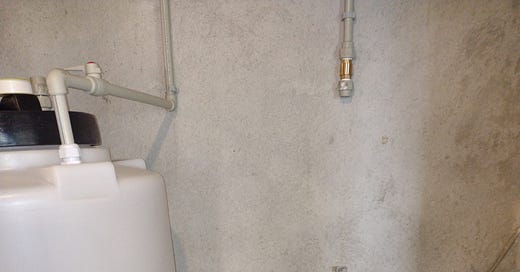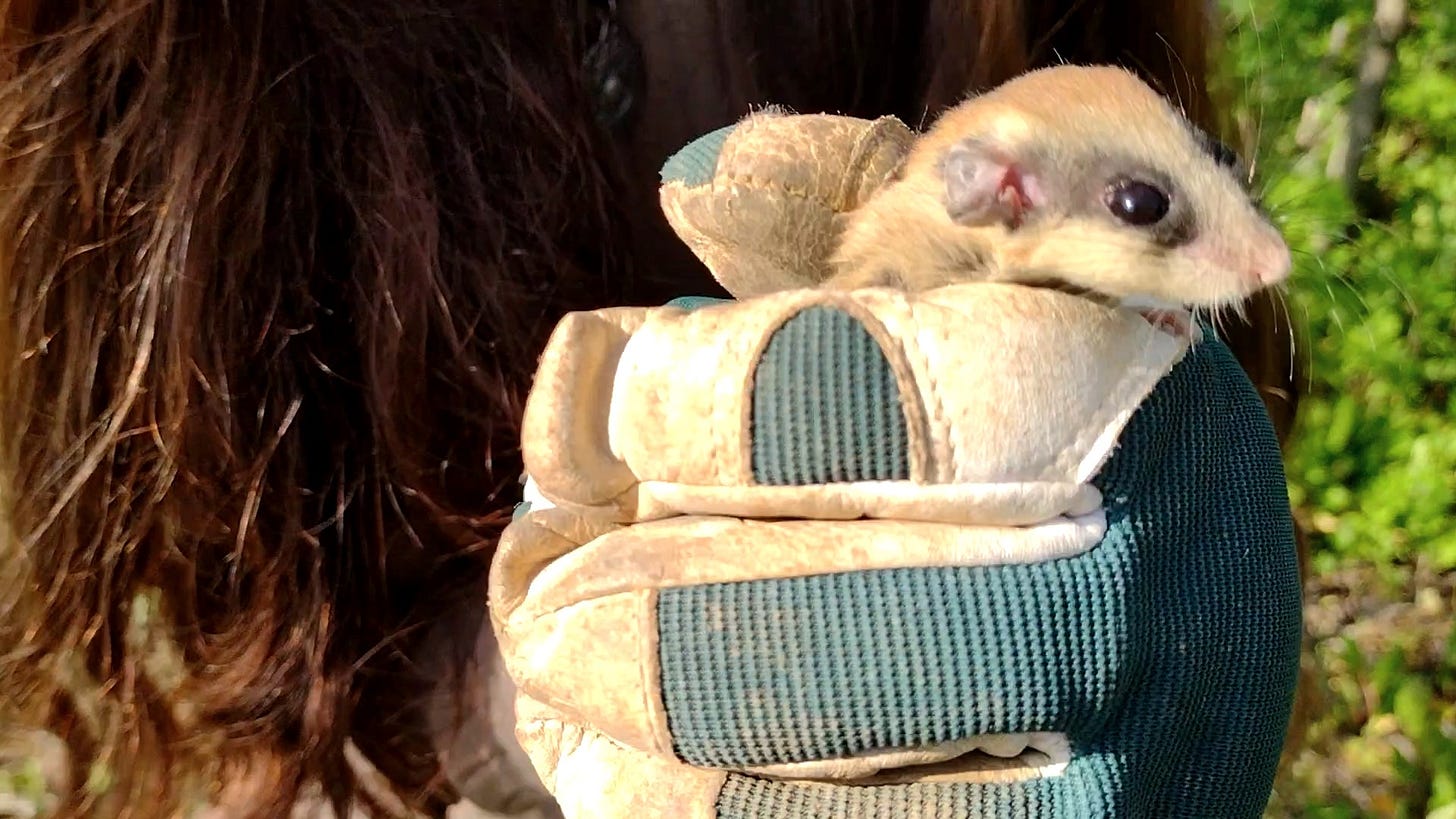It has now been almost three years since we moved from the city to the country. That’s three planting seasons, three harvests, three school years, and a myriad of lessons we would never have learned in the city. In no particular order:
Water is life. A water outage is the worst that can happen to a household in the country with food-growing aspirations. The good news is there are ways to deal with outages. Pretty Boy Tank is the solution for watering the plants. Now, we’ve added PBT’s cousin, Tink-Tank, to take care of our water needs whenever there’s a power outage near the village water pumps or a cable breaks, or there’s simply not enough water in the river. In the country, you can do your own backup at your own leisure.
You cannot trust the weather, ever. For about two weeks now, the weather has been simply perfect. Minimum temperatures hovering around 9-10 C at night, maximum temperatures between 22 and 25 C, it has been wonderful. Of course, everything in the garden is going through a growth spurt thanks to this weather while we started to worry that summer will hit as early as May this year because why not.
Then, last night, it rained. Temperatures dropped. The weather forecast says 3 C on Tuesday night and it might well turn out to be right. Such is the nature of weather. Can’t trust it. Can’t make it work for you. All we can do is hope and prepare. We’ll be pulling weeds later today to be ready to cover the newly sprouted courgettes and pumpkins with them, just in case.
There is no such thing as personal space. Stink bugs in the bedroom — and the laundry. Centipedes hatching on the stairs. The ever-present spiders that somehow always survive the vacuum cleaner, like all the other tiny life forms. And then, there are the rodents. The winter before last, we had a mouse-hunting adventure. This spring, we got a tinier squatter: a dormouse. But this time, we were prepared.
Vlad refused to acknowledge the creature even when it hid in plain sight on a coffee table and Irina literally pushed his nose into the mouse to, hopefully, get it to run out. Vlad Did Not See, Smell, or otherwise Sense the Intruder. So it was up to the women of the house to take care of the squatter because Cris was at work. And take care we did, cornering the tiny thing in a tight spot and prodding it with a stick (gently) until it gave up and ran straight into Cat’s gloved hands.
It was then humanely carried to the end of the garden where it was returned to the wild. Did you know dormice can jump? Lovely little things and no cable was harmed during its stay with us. It only nibbled on some old apples left out to shame Cris and Cat about buying them and not eating them.
Now, we have to go out and sprinkle the young dahlias with chili pepper powder because dormice are not the only nibblers around here.






My grandmother swore by tobacco tea. She would brew a big batch using any old tobacco, strain it and then spray it on things in the garden. I tried using it one a long time ago. It worked on tomatoes. The nicotine kills a lot of bugs.
How do you (or WILL you -- given the unsullied shiny, new appearance of the thing) use that pump seen in the first picture?
Also -- how shallow is the water table around your place, do you know? If depth to water table is 25 feet (7.5 m) or less, putting in a drive point well like that described and explained at https://dnr.wisconsin.gov/sites/default/files/topic/DrinkingWater/Publications/DG022.pdf is pretty painless and not expensive. If your neighbors can't tell you the typical depth to water in your neighborhood, using one of these with galvanized pipe and couplings will allow you to explore deep enough to see if the water table is sufficiently shallow for drive point and surface pumping purposes: https://www.tractorsupply.com/tsc/product/razor-back-adjustable-auger-post-hole-digger-4429345. A couple of 1.5 meter and 3.0 meter additional galvanized pipes beside the basic auger set up are needed with the basic auger set up to reach the 7.5 m (or hopefully less) test depth needed. If you're lucky, you'll have a perched (https://books.gw-project.org/hydrogeologic-properties-of-earth-materials-and-principles-of-groundwater-flow/chapter/perched-aquifers/) or otherwise shallow regional aquifer beneath your grounds.